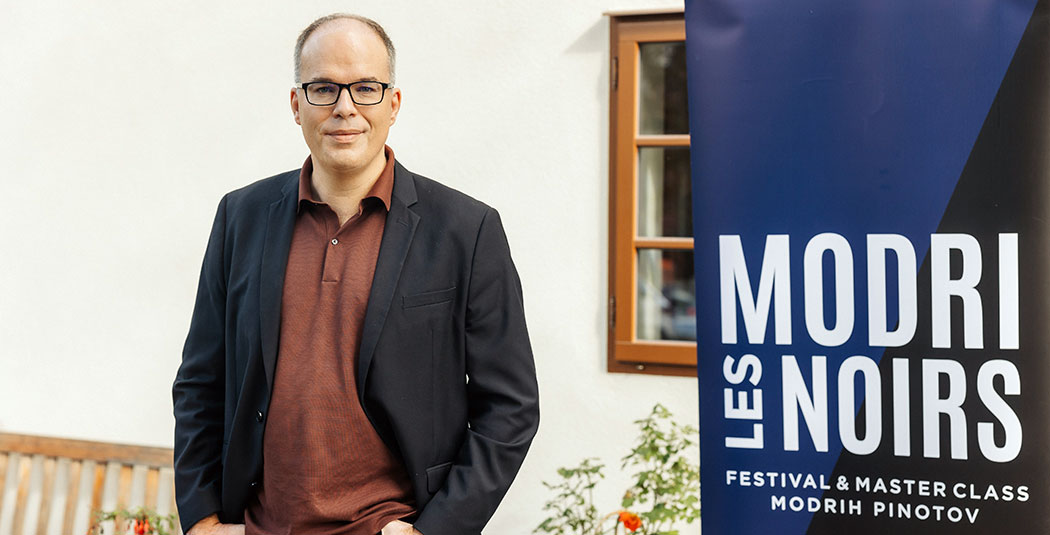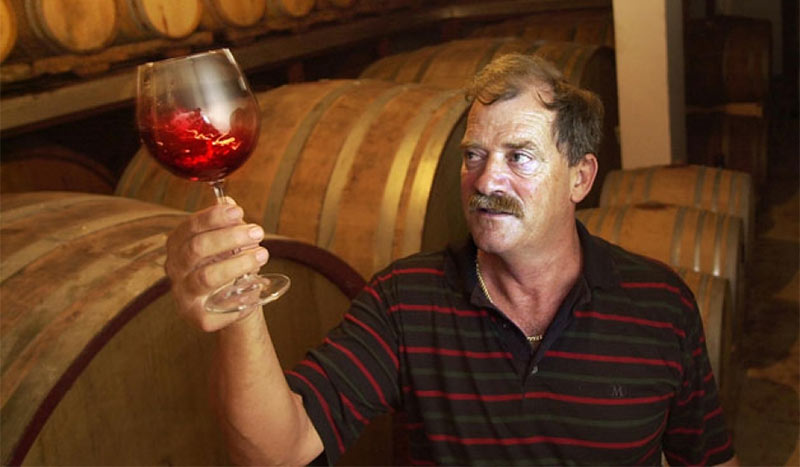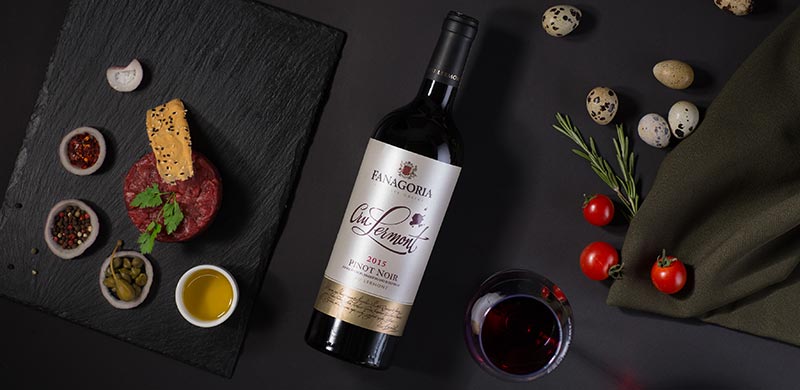Dominatrix or master, whatever you want to call the relationship, when it comes to Pinot Noir, it’s very one-sided as this finicky grape variety owns the winemaker–he or she never, ever owns it.
While there is no doubt that the Mecca for the variety is Burgundy, there are many regions around the world where Pinot Noir is being attempted. It’s a curious pursuit given that there are in fact far more reasons to not make wines from the variety and yet, a select group of wineries in Slovenia have decided to throw caution to the wind and tilt at this very elusive windmill.
Modri les Noirs organized by Tilia Estate at Kendov Dvorec has become an annual pilgrimage where these brave and/or foolhardy winemaking souls gather either to commiserate in the hardship of this quest, or, as shown by the 2023 event, celebrate in what they’ve accomplished to date.
This 14th-century estate of Kendov Dvorec is set on a small hill above the Idrijca River that meanders below, carving its path through this steeply-sided valley of the Slovenian hinterlands. It’s only 37km due west of the capital, Ljubljana, but takes an hour to drive there thanks to the dramatic landscape that offers no express highway route.
While the small village of Spodnja Idrija sprouted at the feet of the manor, it’s hardly a bustling metropolis and the heavy walls and self-contained, guarded quality of the house, as well as its high-end restaurant, provide a quiet space for this Modri les Noirs to take place.
There is an intense evening followed by a packed day for the event. During this main evening, a number of primarily Slovenian wineries (as well as a sprinkle of Croatian and Serbian this year) presented two different vintages in what is a very stark comparison to both styles and times. It’s clear to see that there was a period in Slovenia when Pinot Noir was like being the first person to own a Tesla in your neighborhood as simply having a wine of this variety in one’s portfolio was noteworthy, no matter the level of quality.
I experienced this firsthand many years ago as the first Slovenian wine I ever tasted was the 2002 Pinot Nero from Movia and it provided a fine introduction to the wines of the country, but there were few if any who rose anywhere near that level back then.
Those days are largely in the past however and while still not a grape produced in great abundance, there are more and more success stories to celebrate.
Besides attending the tastings and commenting on the wines, I was also invited to give a talk on how to judge Pinot Noir. The fact is, judging it, is much like any other grape variety in that you need the wine to move in four dimensions being both broad, but not opulent, zesty with acidity, yet not green, and so forth. I feel the main difference with Pinot Noir is that there’s a great deal expected of any wine from this grape as the upper-end is so incredibly high in terms of quality.
Via the wines I selected for the tasting, it was clear to see that the Slovenes are able to make various styles of Pinot Noir now and they’re not just planting and hoping for the best. There are young wines as well as aged and wines with power as well as those with fine-boned, very appealing leanness to them. In tasting from the two dozen or so wineries there, my main question now is, how will some form of regional style develop?
The big divides (in Slovenia) seem to be between Goriška Brda/Vipavska Dolina in the west and then, Štajerska in the east, but these are all in motion as truly everyone is backing off the throttle a good deal to make more subtle wines. The carpet of extraction and oak is being rolled up to a certain degree to show the uniqueness of their regions and this blend of Mediterranean and alpine climates that is what I feel defines the country.
Have the Slovenians become another region to have “cracked” this variety? Not fully, but they producing some noteworthy wines at quite reasonable prices (which subscribers can view below) that show they’re not just capable of seeing Pinot Noir exist, but potentially allowing it to excel, especially as warming vintages due to Climate Change seem to favor them–at the moment.
The only key will be for winemakers to remember who owns who.



